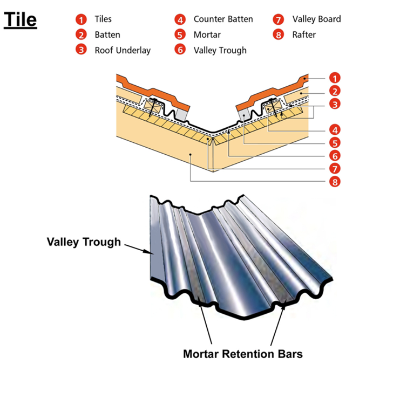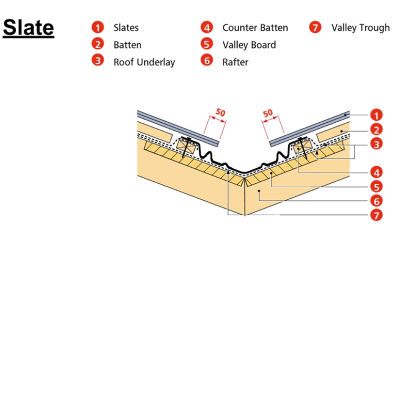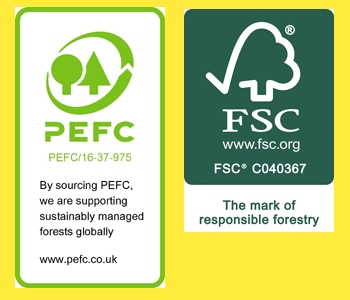what are valley troughs?
In construction, a valley trough is a V-shaped channel formed where two sloping roofs meet at an inward angle.
Roof valleys are typically found on roofs with a gabled or hipped roof design, where two roof planes meet to form an inverted V shape.
Roof valleys are an important component of a roofing system, as they direct rainwater and other forms of precipitation away from the roof and into the gutters.
They must be constructed with care and precision to ensure they are watertight and can withstand the weight of heavy rain or snow.
Roof valleys can be made from a variety of materials, including metal, asphalt shingles, slate, or tile.
The choice of material will depend on factors such as the type of roof, the climate, and the local building codes.
Additionally, proper flashing and underlayment should be used in the construction of roof valleys to prevent leaks and ensure durability.
benefits of valley troughs
Roof valleys offer several benefits for a roofing system. Here are a few of them:
1. Effective water drainage: Roof valleys are designed to channel rainwater, snow, and other precipitation away from the roof and into the gutters or downspouts. This helps to prevent water damage to the roof, walls, and foundation of the building.
2. Improved aesthetic appeal: Roof valleys can add an attractive design element to a roof, especially if they are constructed from a contrasting material or colour. They can also help break up the large, uninterrupted surface of the roof and add visual interest.
3. Increased durability: Properly constructed roof valleys can help to increase the lifespan of the roof by preventing water infiltration and protecting against wind and other elements.
4. Better ventilation: Roof valleys can help to improve ventilation in the attic or crawl space by creating a space for air to circulate. This can help to reduce moisture buildup and prevent mould and mildew growth.
5. Energy efficiency: If constructed with insulating materials, roof valleys can help to improve energy efficiency by reducing heat loss in the winter and heat gain in the summer.
Overall, roof valleys play an important role in protecting the roof and the building below from water damage and other elements, while also providing aesthetic and functional benefits.









